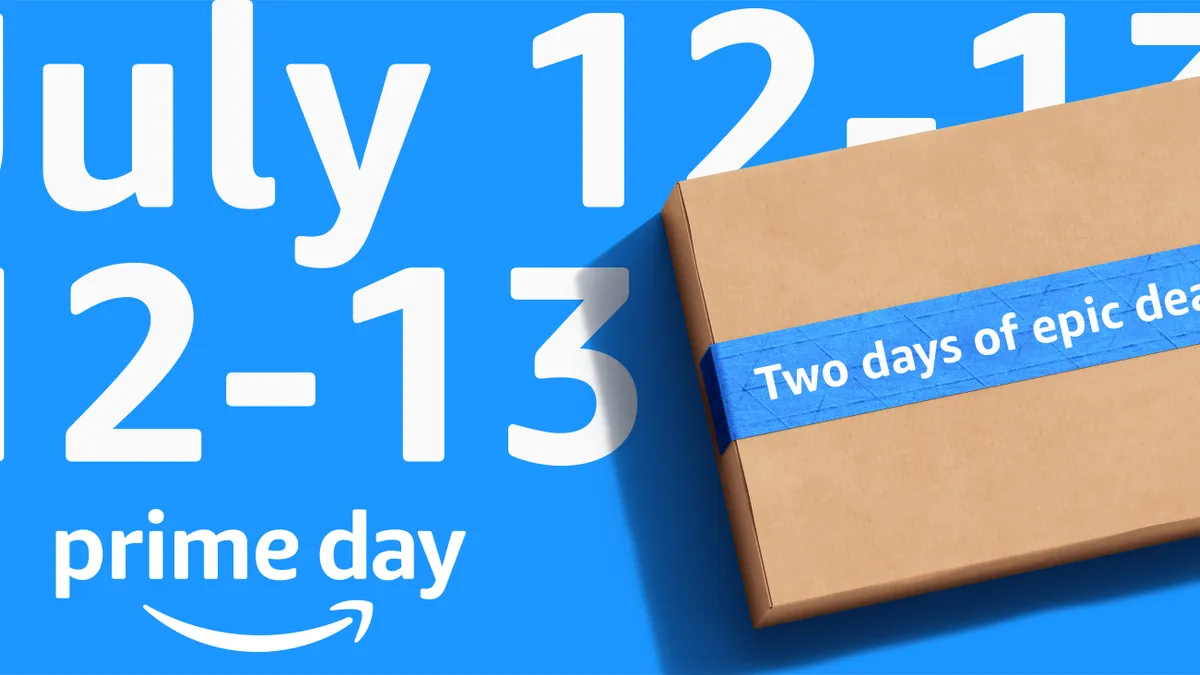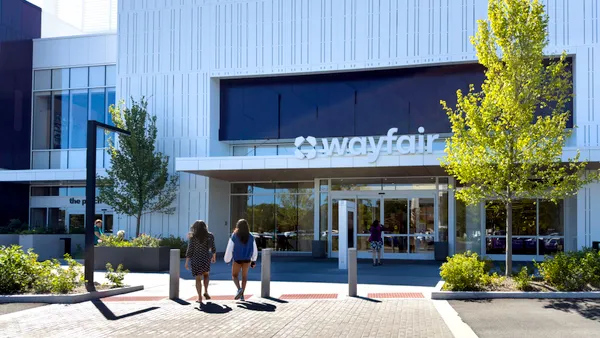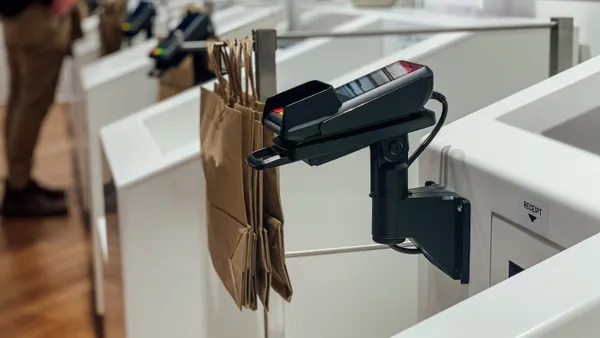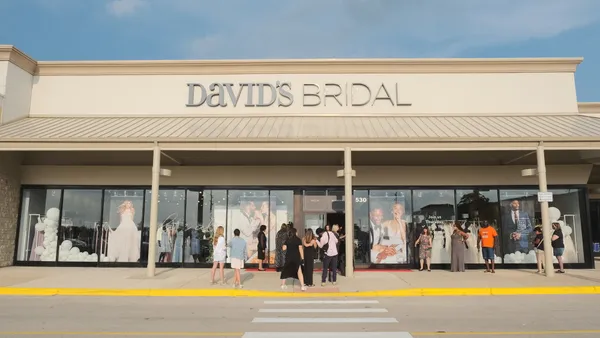Dive Brief:
- Capturing consumers seeking deals amid inflation concerns, consumers spent $22.4 billion during this year’s Amazon Prime Day week, a 6.1% increase from last year, according to an Adobe report released Tuesday. During the Prime Day event between July 11 and July 12, shoppers spent $11.9 billion online, up 8.5% from last year.
- According to the report, the toy category had the deepest discounts across retailers at 15.4%, followed by clothing (12%) and electronics (6%).
- Usage of buy now, pay later services to pay during Prime Day increased 13% compared to Prime Day 2021. The average order value for BNPL shoppers increased by 12% during this year’s Prime Day event from last year, the report found.
Dive Insight:
Amazon Prime Day this year appears to have paid off for the e-commerce giant and other retailers.
Adobe’s report builds upon its previous research indicating that the event drives spending at other retailers. Adobe’s Digital Economy Index from last year found that overall U.S. e-commerce spending exceeded $11 billion during the sales event. At that time, Amazon noted that its 2021 Prime Day sales events were the biggest sales days to date for small- and mid-sized merchants on its platform.
During this year’s Prime Day event, the average online revenue for U.S. online retailers rose 141% compared to an average June day last year, which included Prime Day 2021.
Amazon Prime Day also appears to have boosted brick-and-mortar retailers. Adobe found that retailers offering a buy online, pick up in store option saw a 20% conversion rate jump compared to an average June day.
So far, Amazon Prime Day spending accounted for a little less than a third (31%) of overall spending in July. Though shoppers have spent over $44 billion this month so far, the uptick in e-commerce spending declined once the discounts were over and prices returned to normal, Adobe noted in its report.
E-commerce spending is tapering off at a time when many consumers are concerned about inflation. Even purchases during Prime Day seem to have been driven by price conscious behavior: While Prime members purchased over 300 million items, research from Numerator found that more than half (58%) of items sold for under $20.













